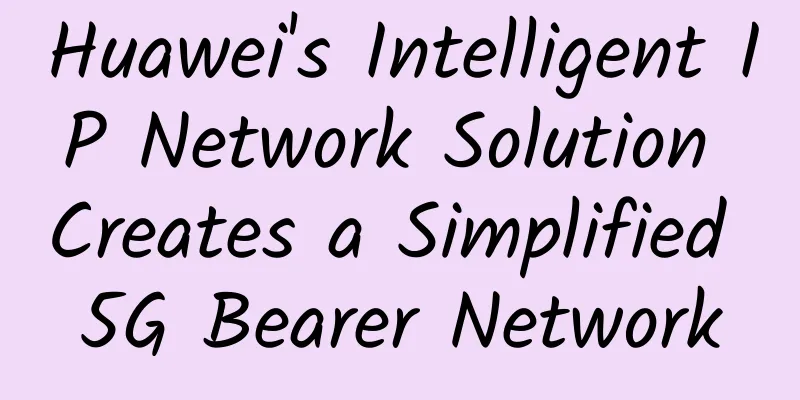5G combined with edge computing new service model creates new business opportunities for mobile operators

|
In order to find the latest application examples of 5G, US mobile network operator Verizon has decided to work with South Korean electronics giant LG and two California startups to use its 5G wireless network connection technology and Amazon's AWS edge computing technology to test advanced automotive safety technology.
Renovo Motors and Savari, two startups in California's Silicon Valley, which are developing software and hardware technologies for different mobile applications, have decided to jointly deploy connected car technologies known as C-V2X (Cellular-Vehicle-to-Everything) and V2X (Vehicle-to-Everything) with LG. LG has developed a prototype authentication-as-a-Service (AaaS) that can prevent wireless update technology from transmitting malicious information to vehicles. As for Renovo and Savari, they showed a test car using Verizon, which has a computing system installed in the trunk of the car, which can use on-board sensors such as lidar to let the car understand road conditions. Verizon is looking for new 5G wireless services, and is working with Amazon's AWS Wavelength edge computing platform to launch new services in cities across the U.S., with the goal of covering 10 cities by the end of 2020. In fact, Verizon began deploying the service in Boston and the San Francisco Bay Area in August 2020, and then in Atlanta, New York, and Washington, D.C., and now also in Dallas and Miami. In the future, corporate customers can use this service network to build examples in industries such as transportation and healthcare. As for LG and the other two startups, they hope to use Verizon's 5G and Amazon's AWS Wavelength edge computing platform to demonstrate the great help and improvement in autonomous driving applications. For example, Savari demonstrated that a car accident that was about to happen was avoided because the possible prediction data was sent to the AWS Wavelength service, and then the service broadcast this information to the three cars behind the car in about a few milliseconds, thus avoiding the car accident. Currently, Avesha, a developer of artificial intelligence applications in the Boston area, is also using AWS Wavelength services to help doctors immediately identify examples of abnormalities during colonoscopies and other applications. Sports data company ShotTracker uses 5G sensors during basketball games to compile real-time statistical analysis for teams and broadcast announcers. In addition to the partnership between Verizon and Amazon's cloud service department (AWS Wavelength), Microsoft and AT&T have also formed a partnership, and hope that through the combination of 5G and edge computing, new types of services can expand more business opportunities. The success of these examples can bring more influence to the ultra-low millisecond latency of 5G in various scenarios in the future, and truly change people's lives. |
<<: The intelligent combination of 5G technology and artificial intelligence
Recommend
Flink's general method for calculating Pv and Uv
[[432405]] PV (Visit Volume): Page View, which is...
Learn Network TCP/IP Protocol Stack
[[409633]] This article is reprinted from the WeC...
The number of 5G commercial networks has reached 200 worldwide, and 1,257 5G terminals have been released
According to the latest update from the Global Mo...
Still don’t understand routing strategy? Let’s analyze it!
For IP network engineers, the deployment of routi...
What 5G means for the real-time data market
5G, the next generation of cellular network techn...
iWebFusion dedicated server special promotion starting from $45/month, 5 data centers including Los Angeles are available
iWebFusion (iWFHosting) is still selling Clearanc...
DogYun Hong Kong server monthly discount of NT$100, starting from NT$300 per month, E5-2637v2/16GB/480G SSD/10M bandwidth
DogYun is a Chinese hosting company established l...
What is the difference between a wireless router and an optical modem? This article tells you
When we deploy a WiFi network at home, there are ...
In the case of Li Yunlong, the principle of SSL/TLS protocol can be explained as follows
At the end of the TV series "Bright Sword&qu...
In 2020, who will break out in the 5G era?
In June 2019, the Ministry of Industry and Inform...
From "4G+5G" to "5G+5G": Dual SIM dual standby evolves quickly
Driven by market demand and the country's &qu...
What other uses does a wireless router have besides WiFi access?
Wireless routers have entered thousands of househ...
Wireless Technology Review in 2016: 3.5 GHz Prompts New Changes in Spectrum Sharing
According to foreign media reports, in the past y...
If companies don’t rise in automation, they will sink in automation.
Enterprises are constantly seeking to grow and tr...
Review of 5G in 2017: The first version of 5G NR standard was frozen, and China's voice was enhanced
2017 is known as the first year of 5G standards. ...









